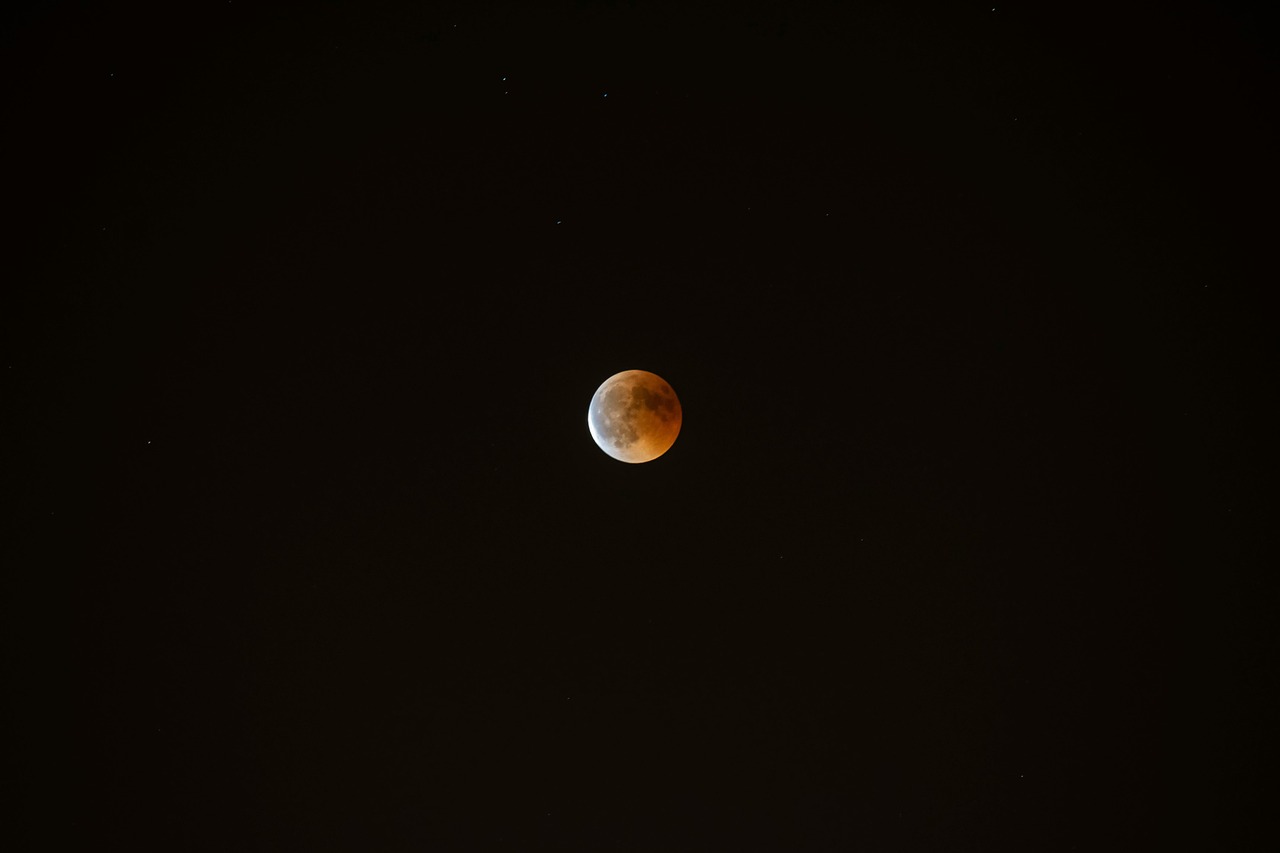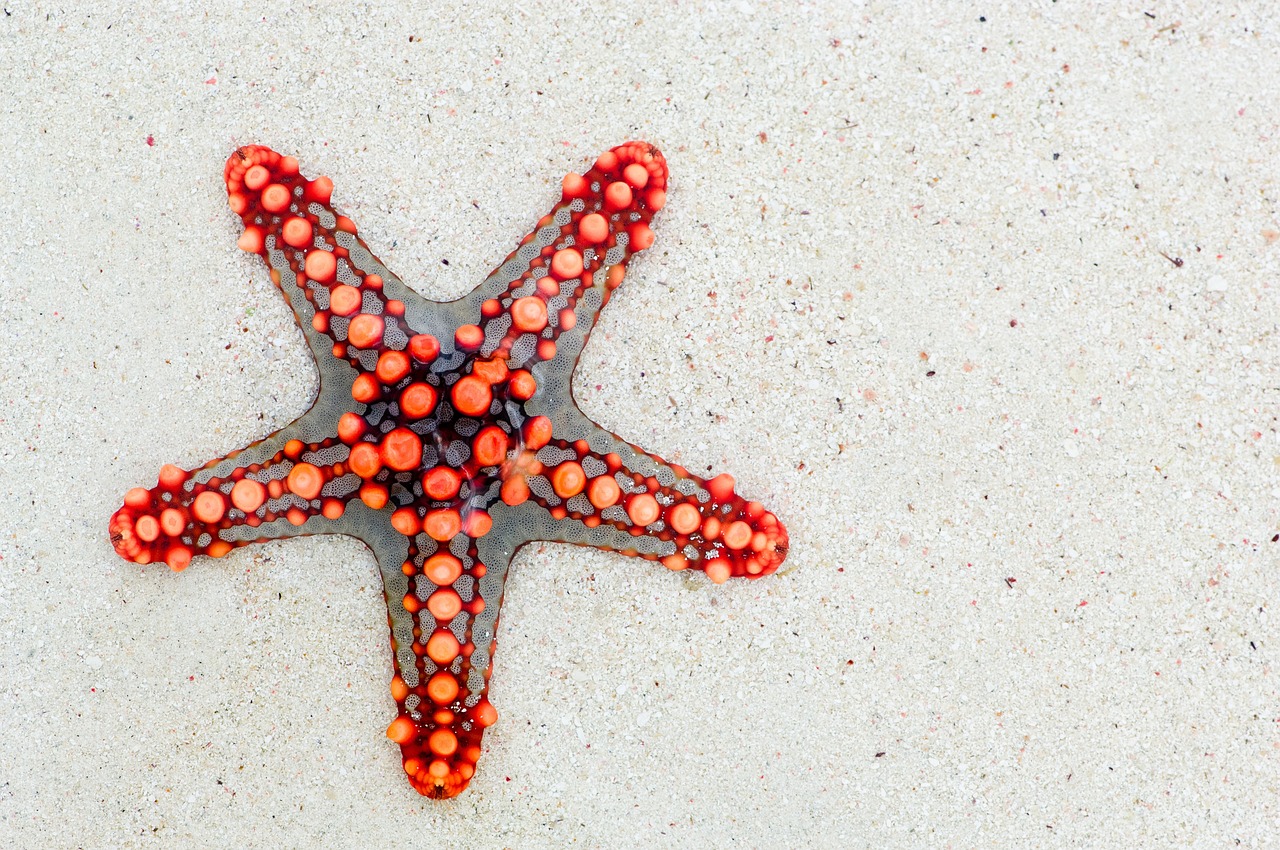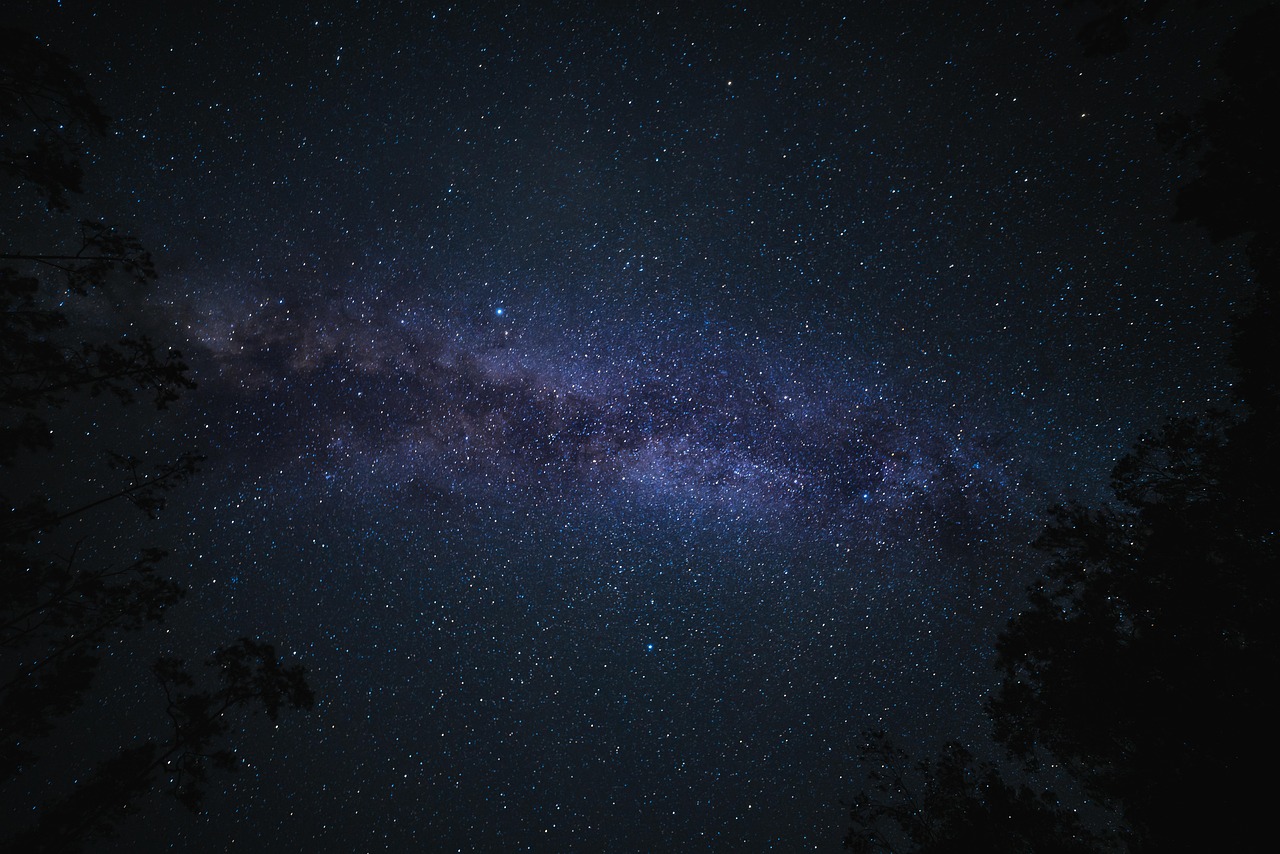The Dark Star Alocasia thrives in warm, humid environments with bright, indirect light. It prefers well-draining soil and requires regular watering to maintain moisture without allowing the roots to sit in water. Optimal temperatures range between 65°F to 80°F (18°C to 27°C).
Understanding Dark Star Alocasia

>The Dark Star Alocasia, also known as Alocasia ‘Dark Star’, is a striking tropical plant known for its unique, dark leaves and eye-catching appearance. This plant belongs to the Araceae family and is native to Southeast Asia. Its striking foliage can enhance the aesthetic of any indoor or outdoor garden. Understanding the ideal growth conditions for the Dark Star Alocasia is crucial for its care and maintenance.
One of the most important factors in cultivating a healthy Dark Star Alocasia is replicating its natural habitat. In the wild, these plants grow under the canopy of larger trees, which provides them with filtered sunlight and high humidity. As such, creating a similar environment at home or in a greenhouse is essential for successful growth.
Light Requirements
The Dark Star Alocasia prefers bright, indirect light. Direct sunlight can scorch its leaves, leading to brown tips and overall poor health. Placing the plant near a window with sheer curtains or in a brightly lit room will help it thrive. If natural light is limited, consider using grow lights to supplement its needs.
Soil Composition
Choosing the right soil mixture is vital for robust growth. The Dark Star Alocasia requires well-draining soil that retains some moisture but does not become waterlogged. A mix designed for aroids or a combination of potting soil, perlite, and orchid bark can provide the ideal conditions. This blend ensures good aeration around the roots while retaining necessary moisture.
Watering Practices
Watering frequency should be adjusted based on the season and environmental conditions. During the growing season (spring and summer), the Dark Star Alocasia should be watered more frequently to keep the soil consistently moist. However, it’s essential to let the top inch of soil dry out before the next watering. Overwatering can lead to root rot, a common issue with this plant.
In the fall and winter months, the plant’s growth slows down, and watering should be reduced. Always check the moisture level before watering to avoid excess water.
Humidity Preferences
This plant thrives in high humidity levels, ideally between 60% to 80%. In drier environments, it is beneficial to increase humidity through various methods:
- Using a humidifier in the room where the plant is located
- Grouping plants together to create a micro-humidity zone
- Placing a tray filled with water and pebbles below the pot for evaporation
Temperature Considerations
The ideal temperature range for Dark Star Alocasia is between 65°F to 80°F (18°C to 27°C). It is sensitive to cold drafts and temperatures below 50°F (10°C). If temperatures drop too low, the plant may suffer from stunted growth or leaf drop. Keeping it in a stable environment away from air conditioning vents or open windows will help maintain its health.
Nutrient Requirements
To support healthy growth, nourishing your Dark Star Alocasia with appropriate fertilizers is key. During the growing season, use a balanced liquid fertilizer every four to six weeks. Diluting the fertilizer to half strength can prevent nutrient burn while still providing essential nutrients. In the fall and winter months, reduce fertilization as the plant enters dormancy.
| Growth Factor | Recommended Condition |
|---|---|
| Light | Bright, indirect light |
| Soil | Well-draining potting mix |
| Watering | Keep soil moist; allow top inch to dry |
| Humidity | 60% – 80% humidity |
| Temperature | 65°F – 80°F (18°C – 27°C) |
By adhering to these growth conditions, you can ensure your Dark Star Alocasia flourishes beautifully in your home or garden. Understanding its needs will help you enjoy its stunning foliage for years to come.
Pest and Disease Management
While the Dark Star Alocasia is a beautiful addition to any indoor plant collection, it can be susceptible to various pests and diseases. Regularly monitoring your plant will help you catch any issues early. Here are some common pests and diseases that may affect your Dark Star Alocasia:
Common Pests
- Spider Mites: These tiny pests thrive in dry conditions and can cause leaf discoloration and drop. Look for fine webbing on the underside of leaves.
- Mealybugs: White, cotton-like pests that often cluster in leaf joints. They can weaken the plant by sucking sap.
- Scale Insects: Small, brown or gray bumps on stems and leaves. They also feed on plant sap and can lead to leaf drop.
- Aphids: Small, green or black insects that can cause curling leaves. They are typically found on new growth.
Disease Issues
Fungal and bacterial diseases can also affect the Dark Star Alocasia. The most common diseases include:
- Root Rot: Caused by overwatering or poor drainage, root rot can quickly kill your plant. Symptoms include yellowing leaves and mushy roots.
- Leaf Spot: This disease appears as dark, water-soaked spots on leaves, often due to excess moisture. It can lead to leaf drop if left untreated.
Pest Control Methods
To manage pests effectively, consider the following methods:
- Regular Inspection: Check the leaves and soil for any signs of infestation at least once a week.
- Manual Removal: For small infestations, wipe leaves with a damp cloth or use a soft brush to remove pests.
- Insecticidal Soap: A natural solution that can eliminate soft-bodied insects like aphids and mealybugs. Spray directly onto affected areas.
- Neem Oil: This natural pesticide works well against various pests and is safe for most plants. Dilute according to instructions and spray on the plant.
- Pesticides: For severe infestations, consider using chemical pesticides as a last resort. Be sure to follow all safety guidelines and application instructions.
Repotting Your Dark Star Alocasia
Repotting is an essential part of maintaining the health of your Dark Star Alocasia. This process allows the plant to grow in fresh soil, which provides more nutrients and space for roots. Here are some key points to consider when repotting:
When to Repot
Typically, you should consider repotting your Dark Star Alocasia every one to two years. Signs that it may be time to repot include:
- Roots growing out of the drainage holes
- Stunted growth despite proper care
- Soil that dries out quickly after watering
Steps for Repotting
Follow these steps for a successful repotting process:
- Select a New Pot: Choose a pot that is one size larger than the current one, ensuring it has drainage holes.
- Prepare the Soil: Use a fresh potting mix that suits the needs of the Dark Star Alocasia, ensuring good drainage.
- Remove the Plant: Gently take the plant out of its current pot. Tap the pot to loosen the soil if necessary.
- Inspect Roots: Check for any signs of rot or damage. Trim away any unhealthy roots with clean scissors.
- Place in New Pot: Add some fresh soil to the new pot, place the plant in, and fill with soil around it. Press lightly to eliminate air pockets.
- Water Thoroughly: After repotting, water the plant well to help it settle into its new environment.
Propagation Techniques
The Dark Star Alocasia can be propagated through division or offsets. Here’s how to do both:
Division Method
This method involves separating a mature plant into smaller sections. Follow these steps:
- Choose a Healthy Plant: Ensure the parent plant is healthy and well-established.
- Remove from Pot: Carefully take the entire plant out of its pot.
- Separate Sections: Look for natural divisions in the root system. Use clean scissors to separate these sections, ensuring each has roots attached.
- Repot Sections: Plant each section in its own pot using fresh soil.
Offset Method
If your Dark Star Alocasia produces offsets or pups, you can propagate them as follows:
-

Milkyway, Stars, Astrology, Galaxy, Night Sky, Dark, Astrology, Galaxy, Dark, Dark, Dark, Dark, Dark >Identify Offsets:
Look for smaller plants attached to the main plant. - Carefully Remove: Gently pull or cut the offset away from the parent plant with clean tools.
- Pot Separately: Place the offset in a new pot with appropriate soil.
Propagation can be a rewarding process, allowing you to expand your collection or share plants with friends. By following these guidelines, you can ensure that your Dark Star Alocasia remains healthy while exploring new growth opportunities.
Common Issues and Solutions
Caring for a Dark Star Alocasia can be a rewarding experience, but like all plants, it comes with its challenges. Understanding potential issues and their solutions will help you maintain a healthy plant. Here are some common problems you may encounter:
Leaf Discoloration
Leaf discoloration is one of the most noticeable signs of distress in your Dark Star Alocasia. The leaves may turn yellow, brown, or develop spots. Here are some causes and solutions:
- Yellow Leaves: This can indicate overwatering or poor drainage. Ensure the pot has adequate drainage holes and reduce watering frequency.
- Brown Tips: Brown leaf tips often result from low humidity or underwatering. Increase humidity levels around the plant or adjust your watering schedule.
- Dark Spots: Dark spots on the leaves may be a sign of fungal infections or leaf spot diseases. Remove affected leaves and improve air circulation around the plant.
Wilting
Wilting leaves can be alarming, but it often relates to watering practices:
- Underwatering: If the soil feels dry and the leaves appear limp, the plant may need water. Water thoroughly and allow excess to drain.
- Overwatering: If the soil is soggy, it can lead to root rot, which causes wilting. Inspect the roots for rot and adjust watering habits accordingly.
Pests Revisited
In addition to prevention methods listed earlier, watch for signs of pest infestations:
- Sticky Residue: This may indicate aphids or mealybugs that leave behind honeydew. Treat immediately with insecticidal soap or neem oil.
- Visible Bugs: If you see pests on your plant, isolate it to prevent spreading and treat using appropriate pesticides or home remedies.
Seasonal Care Tips
Caring for yo

ur Dark Star Alocasia varies with the seasons. Adjusting your care routine according to seasonal changes can promote better growth.
Spring and Summer Care
During the growing season, your plant will require more attention:
- Increase Watering: As temperatures rise, increase watering frequency while allowing the top inch of soil to dry out between waterings.
- Fertilization: Continue fertilizing every four to six weeks with a balanced fertilizer to support new growth.
- Humidity Levels: Monitor humidity closely, particularly if indoor air conditioning is used. Increase humidity through misting or using a humidifier.
Fall and Winter Care
As temperatures drop, your Dark Star Alocasia’s growth will slow down:
- Reduce Watering: Water less frequently, allowing more time for the soil to dry out. Overwatering during this period can lead to root rot.
- No Fertilization: Stop fertilizing during the fall and winter months as the plant enters dormancy.
- Maintain Temperature: Keep the plant in a stable environment away from drafts or cold windows, maintaining the recommended temperature range.
Choosing the Right Location
The location of your Dark Star Alocasia plays a significant role in its overall health. Here are some considerations when selecting the best spot within your home:
Indoor Placement
If you are growing your Dark Star Alocasia indoors, consider these factors:
- Northern or Eastern Exposure: These locations typically provide bright, indirect light suitable for your plant.
- Avoid Direct Sunlight: Ensure that direct sunlight does not hit the leaves, as this can cause scorching.
- Avoid Cold Drafts: Keep the plant away from air conditioning vents or open windows that may expose it to sudden temperature drops.
Outdoor Placement
If you are placing your Dark Star Alocasia outdoors during warmer months, follow these guidelines:
- Partial Shade: Choose a spot that receives filtered sunlight or partial shade to mimic its natural habitat.
- Avoid Windy Areas: Protect the plant from strong winds that can damage its leaves.
- Sheltered Location: Consider placing it near taller plants or structures that can provide some protection from harsh weather conditions.
By being attentive to these common issues and care tips, you can foster a thriving environment for your Dark Star Alocasia. This beautiful plant will reward you with its striking foliage and unique presence in your space.
Additional Care Tips for Dark Star Alocasia
To further en

hance your experience with the Dark Star Alocasia, consider implementing these additional care tips. These practices will help ensure your plant remains healthy and vibrant throughout its life.
Seasonal Pruning
Pruning is an essential aspect of plant care that can promote healthy growth. Regularly removing dead or yellowing leaves will not only improve the plant’s appearance but also redirect energy to new growth. Here are some tips for pruning your Dark Star Alocasia:
- Use Clean Tools: Always use sterilized scissors or pruning shears to prevent the spread of diseases.
- Timing: The best time to prune is during the growing season, typically in spring or early summer.
- Remove Strategically: Focus on leaves that are yellow, brown, or damaged. This helps improve air circulation and reduces the risk of pests.
Maintaining Soil Health
Soil health is crucial for the overall well-being of your Dark Star Alocasia. Over time, soil can become compacted or depleted of nutrients. Here are some ways to maintain and improve soil health:
- Top Dressing: Adding a layer of fresh potting mix on top of the existing soil can provide additional nutrients without the need for full repotting.
- Soil Testing: Consider testing your soil pH and nutrient levels to ensure it meets the needs of your plant. Adjustments can be made based on test results.
- Aeration: If you notice poor drainage, gently aerate the soil with a fork or stick to improve airflow and moisture retention.
Creating a Plant Care Routine
Establishing a consistent care routine will help you stay on track with your Dark Star Alocasia’s needs. Consider the following steps to create a successful routine:
- Weekly Check-ins: Dedicate time each week to inspect your plant for pests, water needs, and overall health.
- Monthly Maintenance: Schedule monthly tasks such as fertilization, pruning, or repotting when necessary.
- Seasonal Adjustments: Remind yourself to adjust care practices with the changing seasons, particularly in watering and humidity levels.
Final Thoughts
The Dark Star Alocasia is an exquisite addition to any home or garden, showcasing stunning foliage and unique charm. Understanding its growth conditions is key to ensuring a long and healthy life for your plant. By providing optimal light, humidity, watering practices, and pest management, you can enjoy the beauty of this tropical gem.
This article has covered essential aspects of caring for your Dark Star Alocasia, including ideal growth conditions, common issues, seasonal care tips, and propagation methods. With this knowledge in hand, you are well-equipped to nurture your plant effectively.
Remember that each plant is unique and may require adjustments in care based on its specific environment. Regular observation and a willingness to adapt will help you become a successful Alocasia caretaker. Embrace the journey of growing your Dark Star Alocasia, and savor the beauty it brings to your space!

